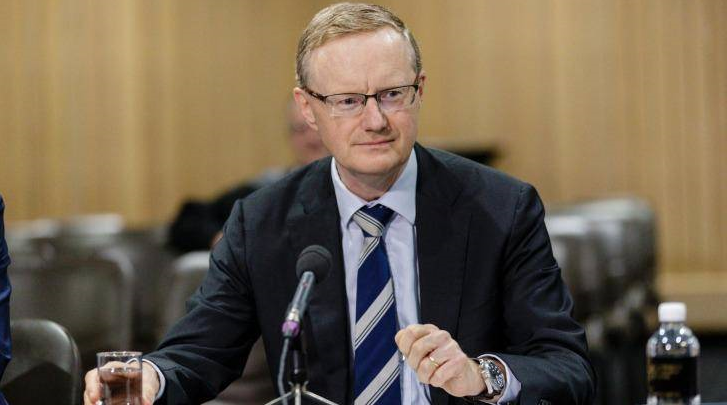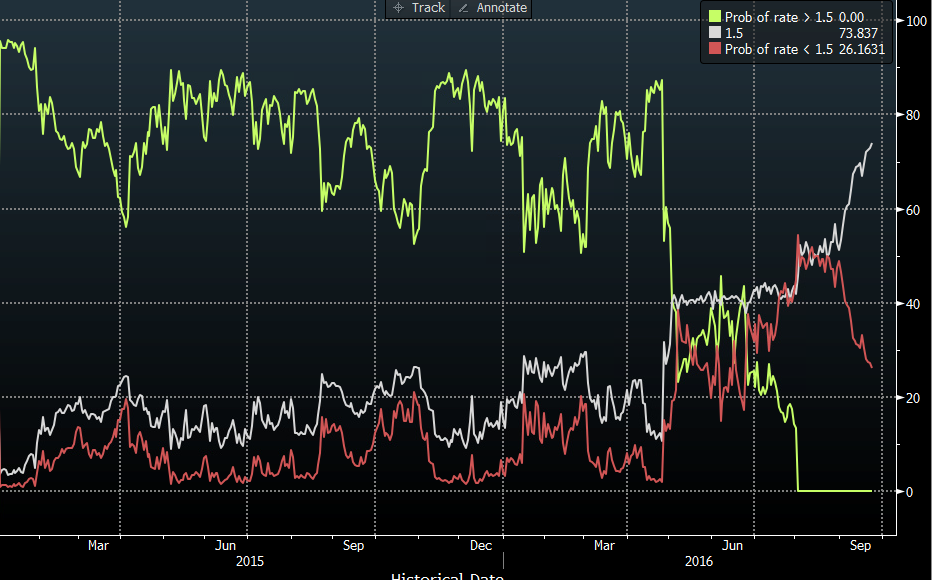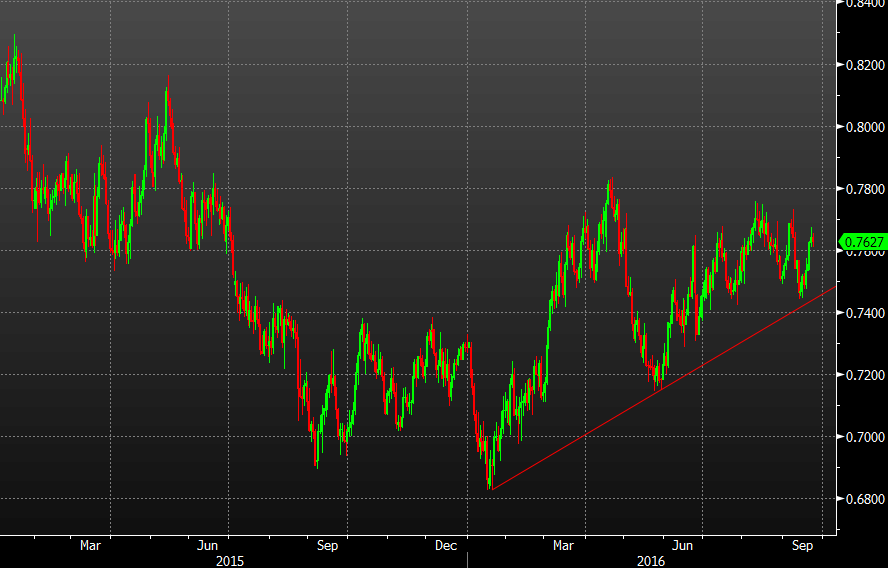Australian dollar has led all G10 currencies this week

The Fed, Bank of Japan and even the Reserve Bank of New Zealand were in focus this week but it was new RBA Governor Philip Lowe who quietly stole the show.
His comments, along with positive risk appetite, took awhile for the market to digest but they've underpinned the Australian dollar this week.
He testified to a parliamentary committee Thursday and it offered some insight into how he will lead the central bank. It's clear that he's not in a rush to boost inflation by cutting rates.
"We have considered that a very quick return of inflation to the 2 to 3 percent range, at the cost of a material deterioration in the health of private-sector balance sheets, was unlikely to be in the public interest," he said.
It fits in with other comments he's made that focus on financial stability and targeting certain asset prices rather than wielding the blunt tool of interest rates.
There was nothing in his comments that screamed 'buy AUD' but financial stability repeatedly crept up and that showed he will tolerate lower inflation without reacting.
At the moment, the OIS market is pricing a 26% chance of a cut before year-end. That's fallen substantially in the past two weeks and helped to boost AUD/USD but it still sounds too high.

Looking at the Australian dollar, there is room for optimism, perhaps much more.
Stevens was dead-set on capping the Australian dollar but Lowe may wish to hold back on investing his credibility in jawboning the Aussie lower.

In AUD/USD terms, the pair has been ranging around 0.7500 for months but there is a quiet uptrend forming and it it can vault itself above 0.7800, it clears the way for a rise to 0.8200 and beyond.



